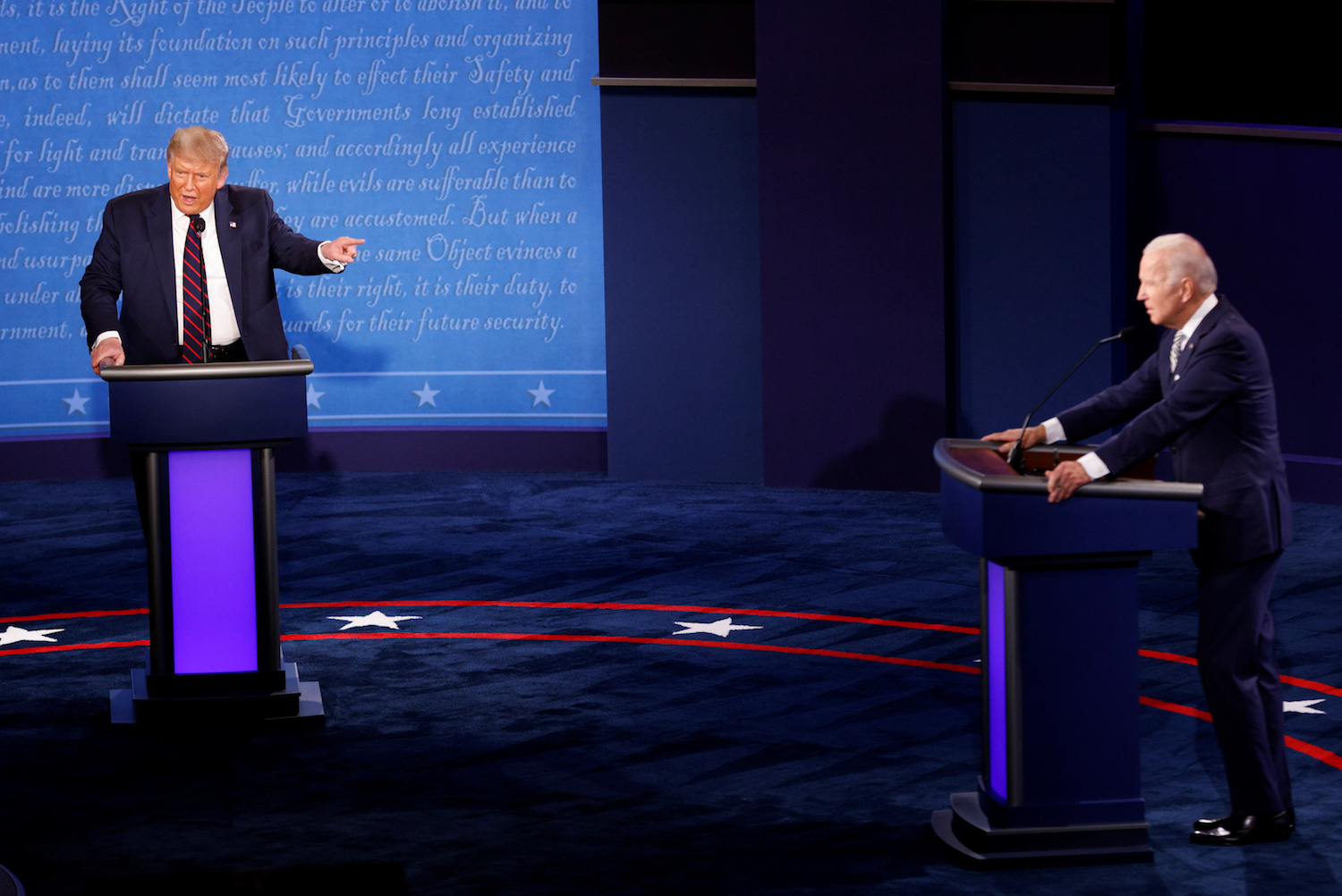(ATF) The People’s Bank of China (PBoC) this morning set the yuan’s central parity rate with the US dollar at 6.8101, marginally stronger than Tuesday’s 6.8171 and the first day-on-day advance of the Chinese currency’s fixing since September 18 (when it was set at an 18-month high of 6.7591).
At the close of the HK business day the onshore yuan (CNY) stood at 6.8109, confirming the PBoC’s market view; the offshore deliverable CNY (or CNH) traded at 6.8165.
Today’s stronger yuan was helped by better than expected Chinese economic data. The September manufacturing PMI came in at 51.5 from 51.0 in August. The non-manufacturing gauge also rose to 55.9 from August’s 55.2. Both index readings beat expectations.
A sub-index of new export orders for factories was at 50.8 for September, the first time it reached expansion territory (50 or stronger) this year. With strong exports expected to continue, the yuan took encouragement.
I do not, however, believe that the recent pause in the yuan’s sharp rise from end-May 2020 to September 15 is about to resume with any real conviction.
China’s economy will continue to outperform.
Uncertainty
But US election uncertainties will without doubt continue to weigh on US and most global stocks. The high degree of uncertainty as to whether the election will be uncontested supports the safe haven demand for the US dollar as it has since the beginning of September.
The dollar (on the dollar index DXY) had declined from 102.8170 on March 20 to 92.1440 on August 31. Since then, it has risen in fits and starts and traded at a recent high of 94.6420 on September 25.
Today’s trading range so far is 93.7920 to 94.0380.
The chaotic presidential election debate drove the DXY back above the 93 handle.
Assuming that greater political calm returns prior to year-end, the dollar will resume its decline. The currency’s fundamentals are only getting worse.
With a weakening dollar and continuing Chinese economic strength, the yuan will resume its climb, targeting the April 2019 high of 6.7024.
























